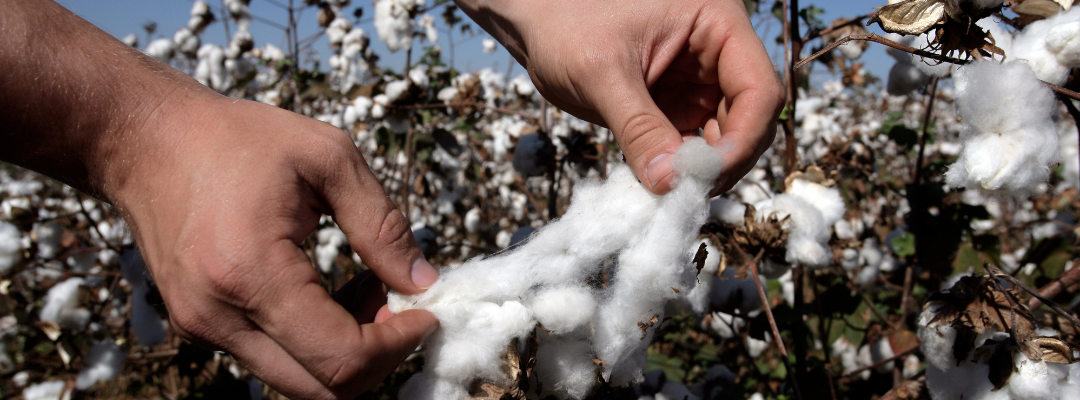Several articles have been written for Southern Ag Today on how farms can manage their tax obligations. This time of year, farm management specialists begin to receive questions of all kinds regarding taxes, especially for farms that try to meet the March 1 filing deadline available for qualifying farmers. Tax management is only one part of managing a farm but can be crucial. We wanted to relay a handful of resources that producers and other agribusiness specialists may find useful this time of year.
The Internal Revenue Service (IRS) website, www.IRS.gov, is often the first and best place to begin looking for information. The site contains a vast amount of information and resources, which can also make it a bit daunting. You can find copies of individual tax forms, form instructions, news updates, and educational resources such as Publication 225 – Farmers Tax Guide. The Interactive Tax Assistant (ITA) is designed to answer many basic questions that a taxpayer may have. It includes basic tax return information like filing status, dependents, due dates, and so on, but it can also answer questions regarding tax deductions, credits, income, and payment-related questions. Typically, the assistant will ask questions related to your situation that will help determine which rules may impact you.
The other section of the IRS website that farm owners may find helpful is the Small Business Self-Employed Tax Center. This section provides information for self-employed individuals with Schedule C (small business) and/or Schedule F (farming) activities relevant for most farm owners. One of the best sections is the IRS Video Portal and Small Business Virtual Tax Workshop, which includes short video explanations on various tax rules. Other tools within the IRS website help taxpayers and preparers, including free filing options, year-to-date withholding amounts, payment options, and finding transcripts of a taxpayer’s account.
Outside of the IRS, there are several other sources of information. The USDA website, www.farmers.gov, has a section specifically on tax education. On this website, you will find webinars on timely topics, frequently asked questions regarding farm taxation, and other resources to help farmers (especially newer farmers) navigate some of these issues.
Another site, www.RuralTax.org, is maintained by land-grant university professionals throughout the country who work in farm management and tax education. There are dozens of articles available on newer, timely topics, as well as archived information and a small farms tax guide producers may find helpful. Other sources of local help include lenders, fellow producers, your local Extension office, and certainly a designated tax professional. If you need to find a tax preparer, there are guides available through the IRS and Rural Tax. This article is not intended as professional tax advice but general knowledge for agricultural businesses who may benefit by having a bit more information and resources at their disposal. We encourage you to work with a professional who knows you and your farm and can best advise you on your situation.
Burkett, Kevin. “Death and …” Southern Ag Today 5(10.1). March 3, 2025. Permalink






